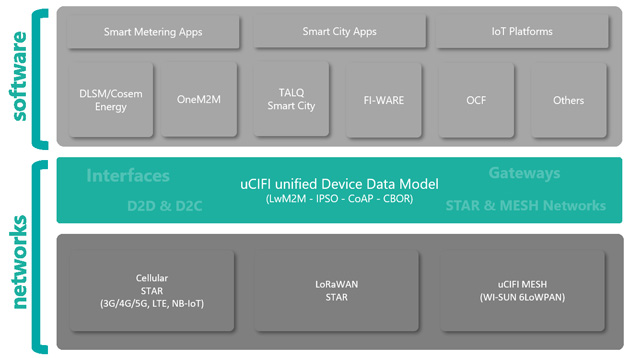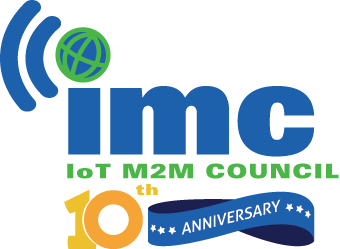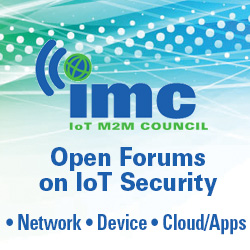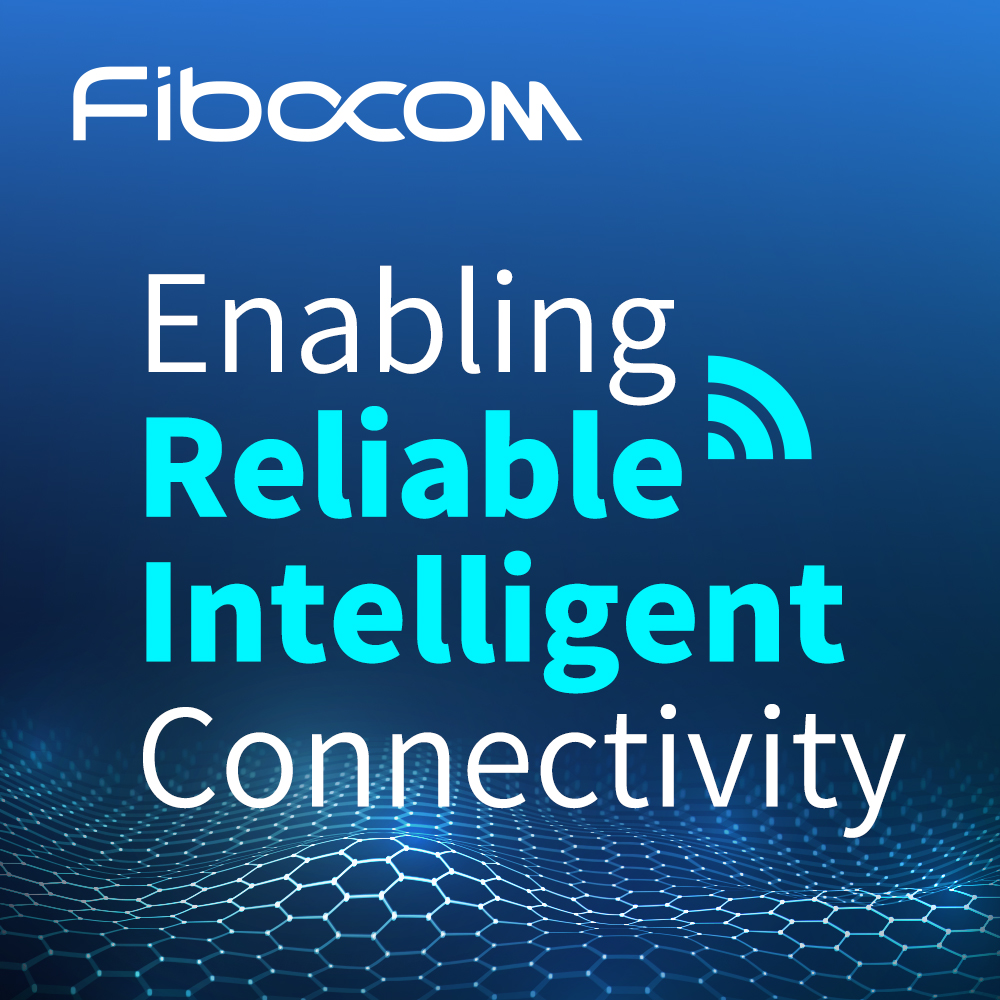Alliance publishes uCIFI unified data model
- March 8, 2021
- Steve Rogerson
The uCIFI Alliance has announced the public release of a unified data model to provide interoperability and interchangeability between connected devices to unlock smart cities, reduce costs and guarantee investments’ sustainability.
The open-source model targets smart-city applications such as street lighting, water metering and distribution monitoring, waste management, parking, traffic monitoring, air-quality monitoring, smart buildings, and safety and security. It also supports common and more complex services, including multicast grouping, sensor-to-actuator dynamic control and a calendar-based control programme to standardise edge computing for IoT sensors.

Launched in 2018, the uCIFI Alliance brings market leaders, cities and utilities together via a unified data model that enables a native communication format between connected sensors on cellular, NB-IoT and LoRaWan, as well as an open source reference implementation on Wi-Sun mesh to be released as another cornerstone of the alliance’s vision.
With the unified data model, a series of 30 connected sensors and devices used for smart-city projects are described on the Open Mobile Alliance’s LwM2M registry. These reference objects and associated attributes are modelled using the LwM2M format and can be used on any constrained IoT network.
They can also be implemented freely by any vendor in any product to meet cities’ tender requirements for openness and interoperability. Vendors may join the alliance to benefit from the certification programme, access test tools and other software resources, and contribute to more interoperable object models.
“Our unified data model allows city and utility IoT verticals to immediately benefit from this open-source, multi-transport, multi-supplier and cost-efficient tool to break silos when designing and implementing IoT projects,” said Helmut Schröder, chairman of the uCIFI Alliance. “Thanks to this unified payload structure, cities and integrators can avoid spending money and time breaking silos and developing proprietary data translators for various vendor products. As a result, cities can avoid vendor lock-in and have more flexible, wider and future-proof sourcing.”
With this release, uCIFI aims to fill the interoperability gap and become an IoT standard that offers cities and utilities full interoperability with other industry alliances and organisations, such as Open Mobile Alliance (OMA) and Internet Protocol for Smart Objects (IPSO).





